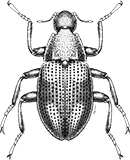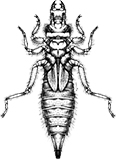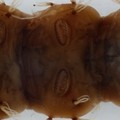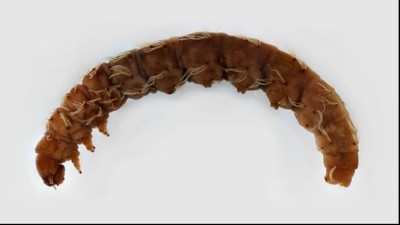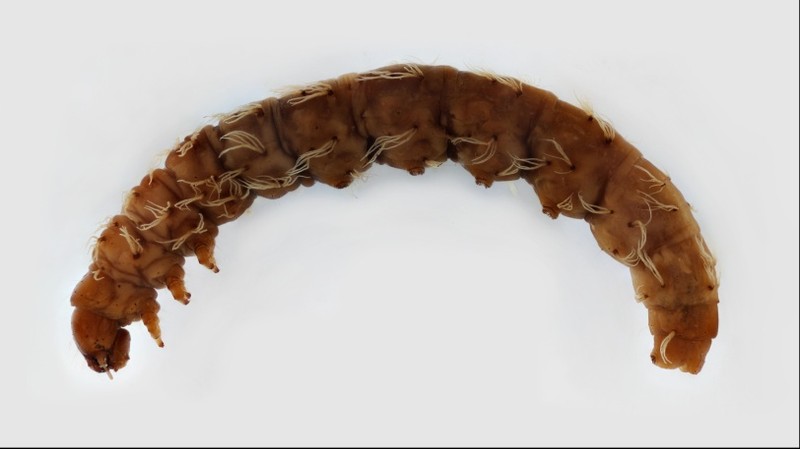phylum
Annelida
“Annelids”
class
Hirudinea
“Leeches”
order
Rhynchobdellida
family
Glossiphoniidae
genus
Arthropoda
“Arthropods”
class
Insecta
“Insects”
order
Coleoptera
“Adult Beetles”
family
Elmidae
Haliplidae
genus
Hydrophilidae
Coleoptera
“Larval Beetles”
family
Elmidae
Haliplidae
genus
Hydrophilidae
Ptilodactylidae
genus
Diptera
“True Flies”
family
Blephariceridae
genus
Chironomidae
Empididae
genus
Ephydridae
genus
Psychodidae
genus
Ptychopteridae
genus
Simuliidae
Stratiomyidae
Syrphidae
genus
Ephemeroptera
“Mayflies”
family
Baetidae
Ephemerellidae
Heptageniidae
Leptohyphidae
genus
Leptophlebiidae
Metretopodidae
genus
Potamanthidae
genus
Siphlonuridae
genus
Hemiptera
“True Bugs”
family
Corixidae
genus
Veliidae
Megaloptera
“Alderflies, Dobsonflies, and Fishflies”
Odonata
“Dragonflies and Damselflies”
family
Calopterygidae
genus
Cordulegastridae
genus
Gomphidae
Plecoptera
“Stoneflies”
family
Capniidae
genus
Nemouridae
genus
Peltoperlidae
genus
Perlidae
Pteronarcyidae
genus
Taeniopterygidae
Trichoptera
“Caddisflies”
family
Brachycentridae
Calamoceratidae
genus
Dipseudopsidae
genus
Glossosomatidae
genus
Helicopsychidae
genus
Hydropsychidae
Hydroptilidae
genus
Lepidostomatidae
genus
Leptoceridae
Limnephilidae
Odontoceridae
genus
Philopotamidae
Phryganeidae
genus
Polycentropodidae
Psychomyiidae
Rhyacophilidae
genus
Malacostraca
“Malacostracans”
order
Decapoda
“Decapods”
family
Cambaridae
genus
Isopoda
“Isopods”
family
Asellidae
genus
Mollusca
“Mollusks”
class
Bivalvia
“Bivalves”



